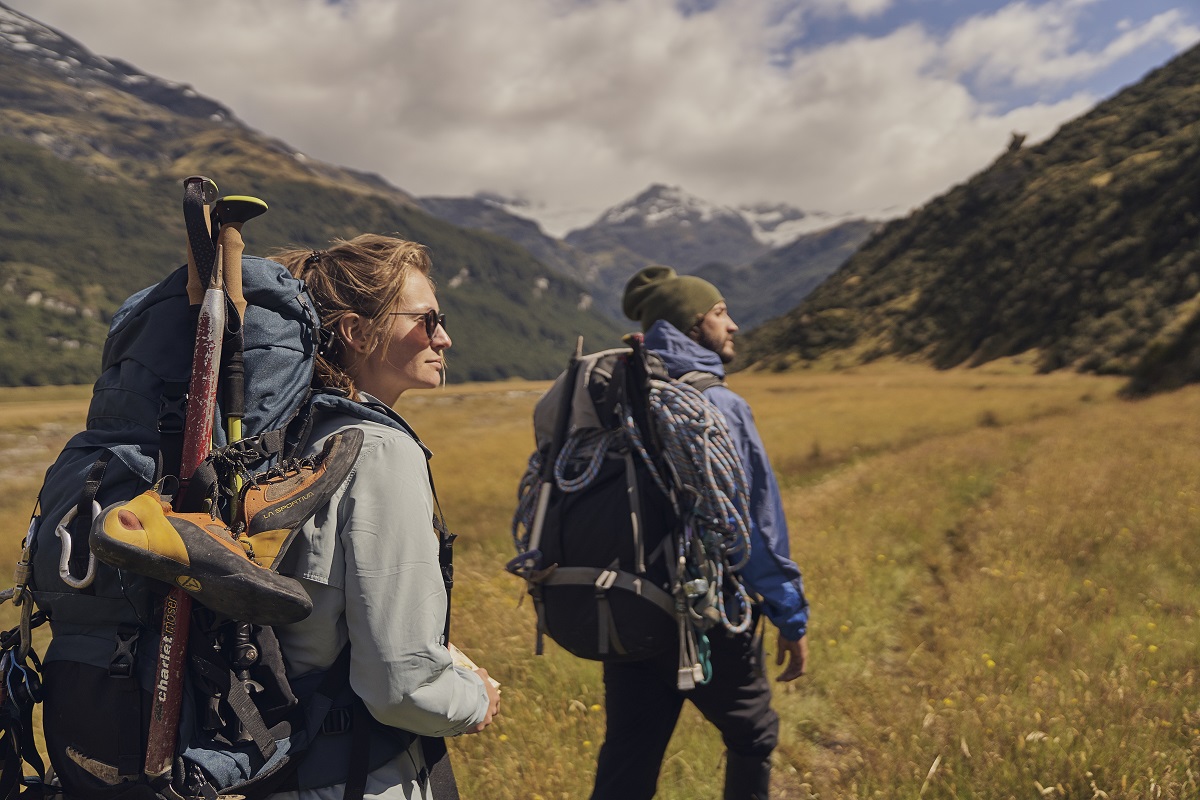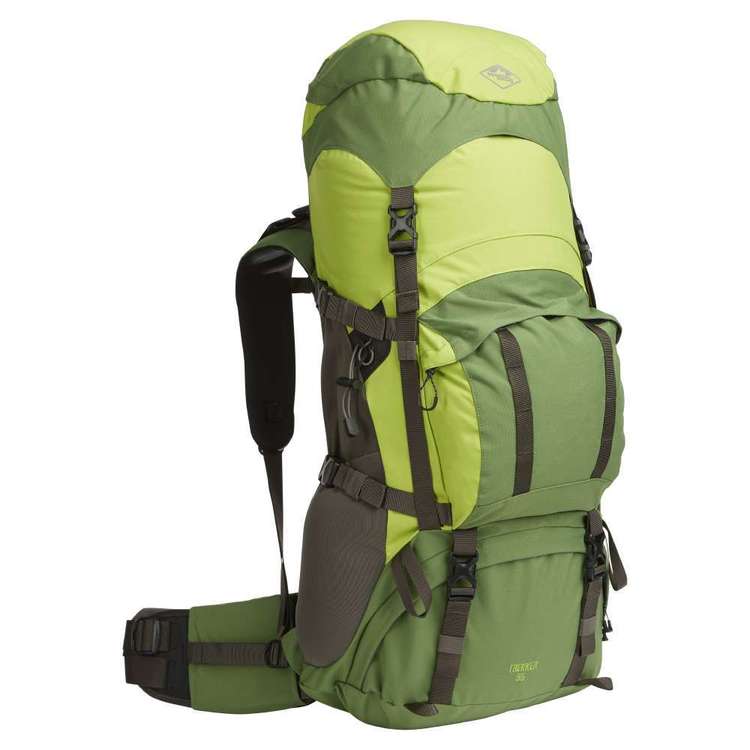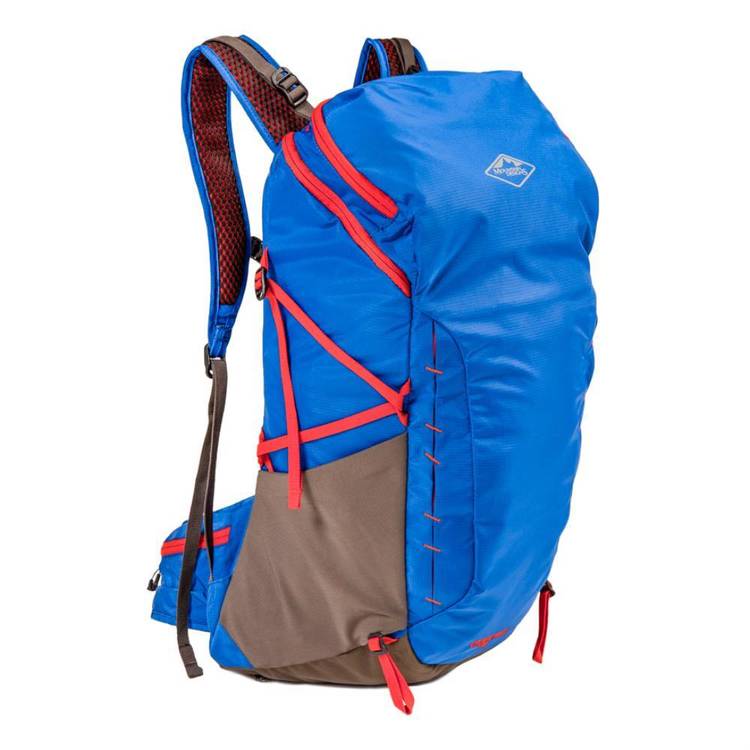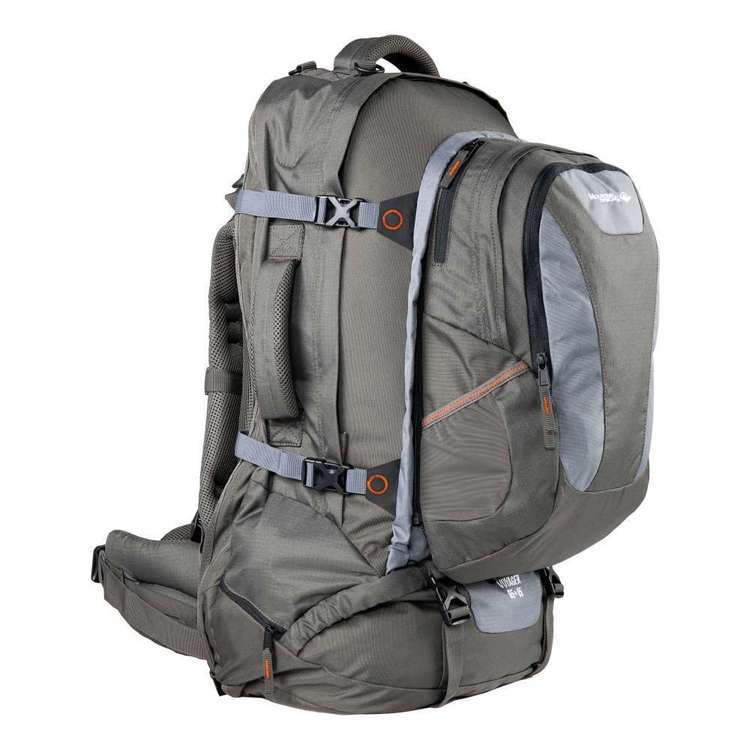| Your browser is not supported. | ||
|
Please browse our site using any of the following options:
| ||
How To - Fit A Backpack

One of the keys to a comfortable backpack is to get a pack that is the right size for you. Your torso length - not your height - is the key measurement. Hip size can also be helpful. Follow these simple fitting instructions, and view our BAR Harness Instruction Manual for more information.
Determine Your Torso Length
- Grab a friend and a flexible tape measure.
- Locate the bony bump at the base of your neck, where the slope of your shoulder meets your neck. Tilt your head forward to locate it more easily. This is the top of your torso length.
- Place your hands on top of your hip bones, with fingers pointing forward, thumbs in back. This is the "shelf" on which your pack will rest. The middle of an imaginary line drawn between your thumbs is the bottom of your torso length.
- Using the tape measure, your friend should measure the distance between the bony bump at the base of your neck and the imaginary line between your thumbs. Be sure you stand up straight when being measured. You now have your torso length.
- Use your torso length measurement to find your best pack size. Generally, manufacturers size their pack frames something like this:
- Extra Small: Fits torsos up to 15 1/2"
- Small: Fits torsos 16" to 17 1/2"
- Medium/Regular: Fits torsos 18" to 19 1/2"
- Large/Tall: Fits torsos 20" and up
Determine Your Hip Size
- Take your tape measure and wrap it around the top of your hips. The correct measurement is along the 'latitude line' that radiates out from your belly button to your sides and the high points of your hip bones. This is slightly higher than your waist, so your hip belt measurement may differ from your pants waist size.
- A properly positioned hip belt will straddle your hips about an inch above and below that latitude line, wrapping around the two pointy pelvic bones on the front of your body.
Fitting A Pack For Women
Women have physiological differences from men that need to be considered when choosing a backpack. Those differences affect the required size, shape and position of shoulder straps, hip belts and dimension of the pack. To find a suitable backpack, women can look for packs with either:
- Closer attached shoulder straps
- Shoulder straps that are narrower and shorter
- Shoulder straps with angled yokes
- Sternum straps that tighten without causing discomfort
- Snug fitting hip belt or
- Size matching their back length.


